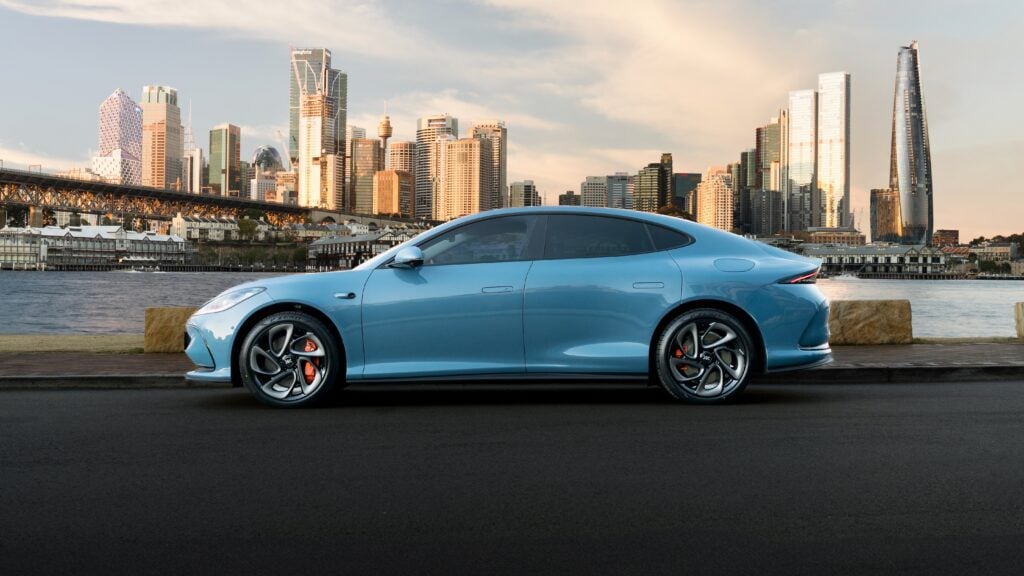
German automotive component giant Continental has developed a new audio system that does away with conventional speakers, instead using the interior of the car itself to generate sound.
How does it work? Conventional speakers create sound by vibrating a cone to generate pressure waves in the surrounding air of varying amplitude and frequency. These waves then hit our eardrums and are interpreted as sound.
Continental’s system simply eliminates the conventional speaker cone from the process, by using a transducer – the part that would normally vibrate the cone – to vibrate entire interior panels instead in a system it dubs “Ac2ated Sound”.
According to Continental, different pieces of interior trim would be tasked with replicating specific frequency ranges, based on their size, shape and material properties. A-pillar trims would be best suited to high-frequency noises like a tweeter, while bigger panels like door cards would generate mid-range sounds.
| Car accessories you should keep in your car
Even the roof and parcel shelf would have a role to play, with their huge surface areas allowing Continental to turn them into bass-pumping subwoofers. The seats, too, can be turned into sound-generating devices.
Why go to the trouble, though, when conventional speaker technology is already capable of studio-quality sound? The primary reason is weight: by not having to design in bulky speaker frames and the reinforcements necessary to make them work well, carmakers could shave precious kilograms by integrating audio systems into the cabin furniture.

And the weight savings are significant – Continental says a conventional audio system tips the scales at 15kg, while its system can weigh as little as 1kg.
There would also be aesthetic benefits, with designers no longer having to integrate speaker grilles into door cards, dashboards and parcel shelves. On top of that, Continental’s speaker-less tech is said to produce sound quality on the same level as high-end premium stereo hardware
“In the age of electric vehicles, car manufacturers are looking for innovative solutions to drastically reduce the weight of their vehicles and gain space for passengers and new technologies ,” said Johann Hiebl, head of the Continental’s infotainment and connectivity unit.
“Our approach is to treat the car itself as an instrument. We use compact actuators to excite suitable surfaces to thus generate a natural, 3D sound experience.”
The system holds promise, but thus far no manufacturer has committed to employing it. Continental will give the Ac2ated Sound technology its first public demo at the Frankfurt Motor Show in September.



